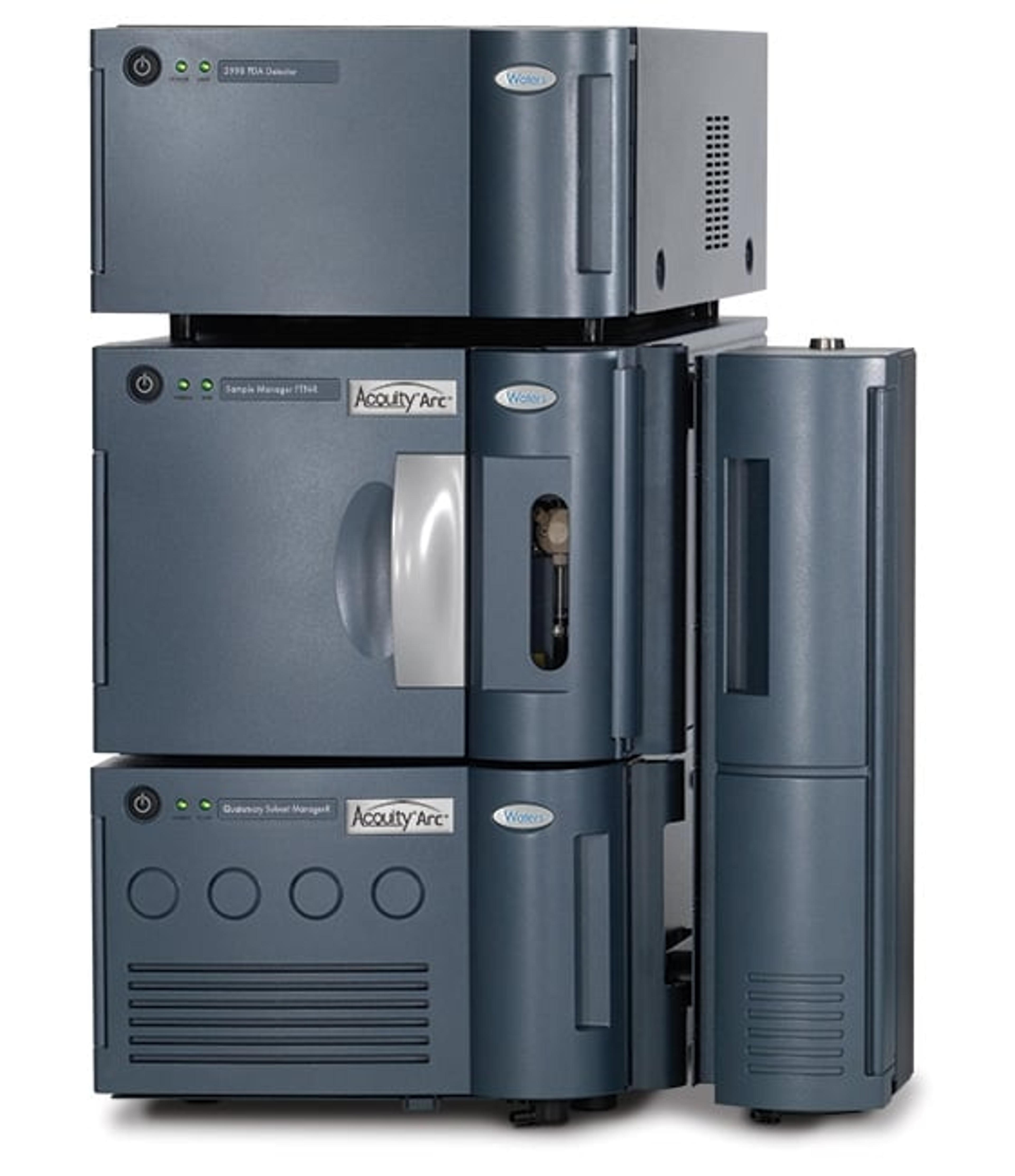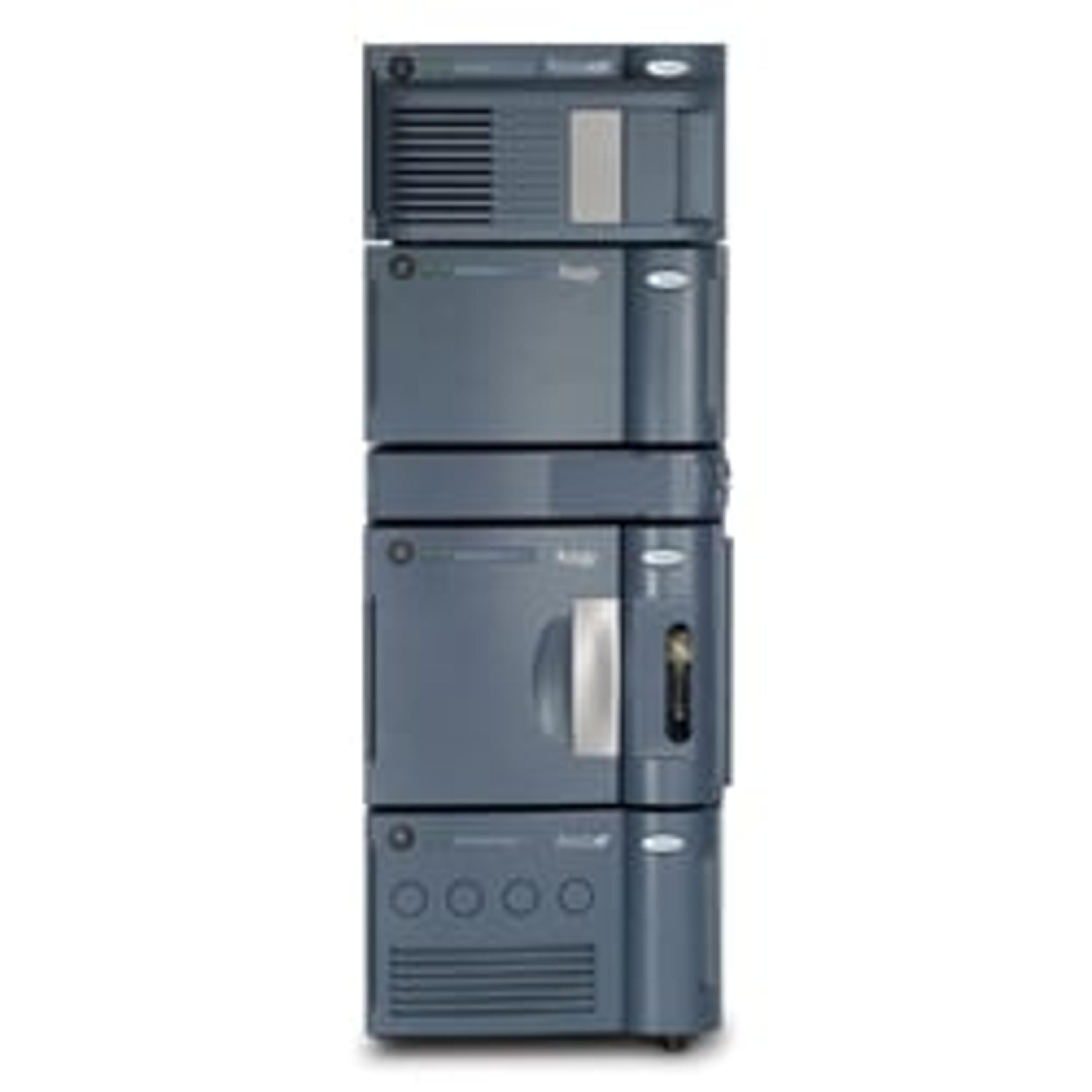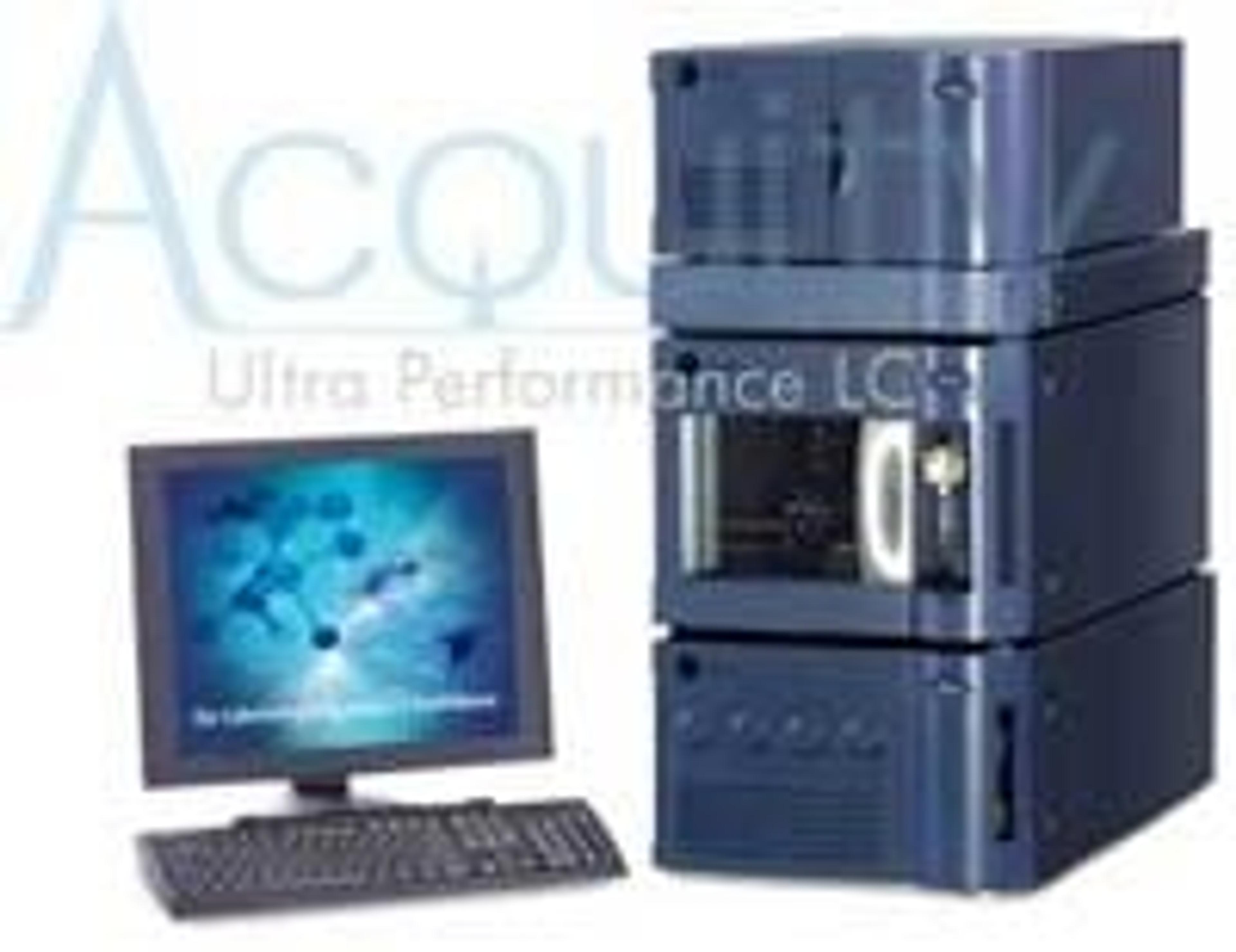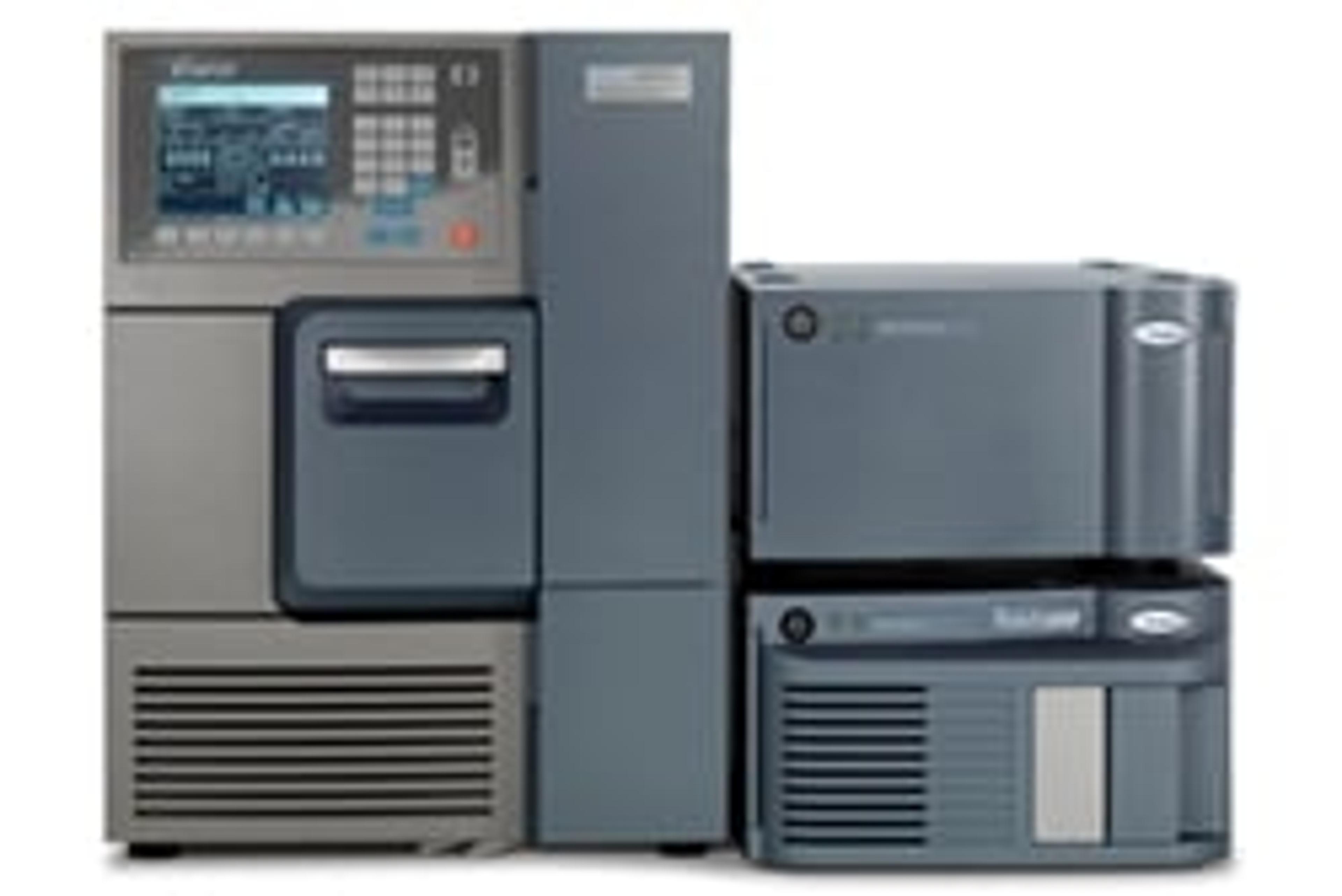Webinar Highlights: Life Cycle Management of Chromatographic Methods for Biopharmaceuticals
Read the highlights from our recent webinar on chromatography for biopharma
25 Nov 2015

Read the highlights from our recent webinar on chromatography for biopharma
The development and production of biopharmaceuticals is a dynamic and rapidly growing industry. By the nature of their production, biopharmaceuticals are highly complex heterogeneous mixtures that require many analytical techniques for characterization and routine testing. As a result, many manufacturers incorporate life cycle management into their respective workflows to take advantage of newer technologies and methodologies to ensure efficacy and patient safety.
In this free SelectScience® webinar, Dr. Brooke M. Koshel, Senior Scientist at Waters Corporation, discusses the range of chromatographic categories – HPLC, UHPLC, and UPLC – and defines the characteristics associated with each. She also presents several examples of methods transferred from legacy HPLC instrumentation to modern UHPLC and UPLC instruments. Read on for the highlights of the webinar Q&A session, and watch the webinar on-demand here.
Q: How do we adjust flow rate to achieve a shorter run time?
A: This seminar showed methods transferred from HPLC to UHPLC with columns having smaller dimensions and smaller particle size. In these examples, to scale the method appropriately, flow rate was increased and run time was shortened.
Q: We’re using an ACQUITY UPLC I-Class − is it easy to convert HPLC methods to UPLC methods? What is the strategy involved?
A: This seminar showed methods transferred between quaternary systems. Because the mixing behavior and gradient formation is different between quaternary and binary systems, method transfer may or may not be straight forward. To develop a strategy, we must first understand the differences in solvent delivery between the two systems. If you are transferring methods between a quaternary HPLC and a binary UPLC, method transfer is not trivial.
Q: Why did Waters change the band spread for the Alliance HPLC system from 29 to 34 µl? Why did you compare an old Agilent 1100 model and not a new model like the 1260?
A: Different methodologies calculate band spread differently. This seminar showed system dispersion values measured at 5 σ. Method transfer from the Agilent 1100 Series HPLC System to the ACQUITY Arc System was demonstrated because in discontinuing the Agilent system, we see this as a practical scenario where transferring methods to a new platform may be necessary. More information about method transfer to an Agilent 1260 Infinity LC System can be found in this application note.
Q: Have you looked at N-glycan assay transfer from an Agilent HPLC system to your UPLC?
A: We have not done this study, but would expect this assay to transfer as well.
Q: Your presentation shows that there is no improvement for 1.7 against 2.5 µm, why is this?
A: In this seminar, an SEC-HPLC method was updated to SEC-UHPLC by decreasing the column particle size from 5 µm to 3.5 µm and keeping all other column dimensions the same. After scaling the method accordingly, there is around a 20% improvement in resolution and the run time is shortened by almost 10 minutes. In updating the peptide map method to UHPLC, particle size was decreased from 3.5 µm to 2.5 µm. When keeping method parameters the same as the HPLC method, small differences in resolution can be seen. If we consider the example of updating an SEC method from HPLC to UPLC, noticeable changes in resolution can be observed, and there is increased resolution of low level clips.
Q: From a validation view, what is needed?
A: From an instrument stand point, both the ACQUITY Arc System and the ACQUITY UPLC H-Class Bio can be qualified. For method validation, you will need to follow standard protocol.
If you missed this webinar, or would like to watch it again, it can be found on-demand here.
What are your experiences of HPLC/UPLC method transfer? Share them with our worldwide community of scientists and write a review today.




